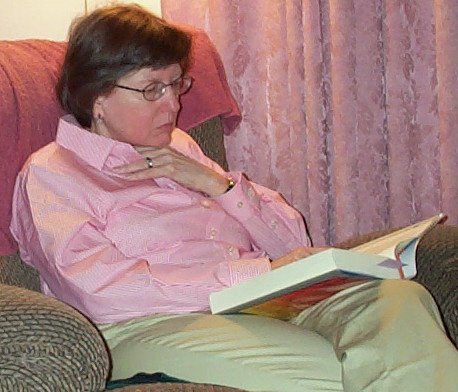The Flu
Last weekend the Washington State Department of Health enclosed in Spokane’s newspaper, The Spokesman-Review, a brochure called, “Preparing for Pandemic Influenza: A Personal and Family Guide.” The Spokane Regional Health District threw in a leaflet, “We’re Preparing, Are You? Pandemic Flu, SARS, E coli.” This is a timely alert, what with the report of person-to-person spread of bird flu in Romania on last night’s CBS Evening News. [Correction: The outbreak is in Indonesia.]
The DoH explains why avian flu (H5N1) is different and more dangerous than the flu your kids bring home from school in the fall. They tell some of the history of the 1918 flu, describe how a flu pandemic today would differ, and list “What to Expect” (difficulty getting medical care, travel problems, delay before a vaccine is available, school closings), and “What to Do” (wash your hands often, stay home when you’re sick, learn basic care-giving, learn how to recognize and treat dehydration.) All very sensible and useful information and advice.
I’m a virologist wannabe, and I’ve been reading about all this for decades. It’s good to see government recognizing the potential for disaster here, if somewhat alarming that the possibility of another serious epidemic is so obvious that even the bureaucrats in the other Washington have felt the need to address the situation.
So what should you read to get up to speed on this important topic? I’ve already recommended Mike Davis’ 2005 book, The Monster at Our Door: The Global Threat of Avian Flu. Let me add Gina Kolata’s Flu: The Story of the Great Influenza Pandemic of 1918 and the Search for the Virus that Caused It (©1999).
But the very best book on the topic is John M Barry’s The Great Influenza: The Epic Story of the Deadliest Plague in History (©2004).

Barry outlines the social, political, and military situation in the US as the 1918 flu began to emerge and mutate, where it broke out first, and what made it spread so quickly. He describes the desperate plight of many families when all their members were stricken and the dismal situation in many cities where government abdicated and was able to offer no help to its citizens.
In the last American cities to be affected by the epidemic Barry tells us, women’s volunteer organizations stepped in when government failed, got useful information to people, performed a sort of triage, and saved many lives that might have been lost without them.
The Great War exacerbated the problems of an epidemic that was horrific to begin with. Despite public health doctors’ warnings, soldiers were housed too closely in crowded barracks and tent camps. Some politicians wouldn’t admit there was an epidemic at all, censored the press, and were unwilling to tell people how to ameliorate the situation. President Woodrow Wilson had funneled so many medical professionals, including nearly 75% of US nurses, into the armed services that there was sometimes no one at all to help people who were sick and dying from the flu.


0 Comments:
Post a Comment
Subscribe to Post Comments [Atom]
<< Home